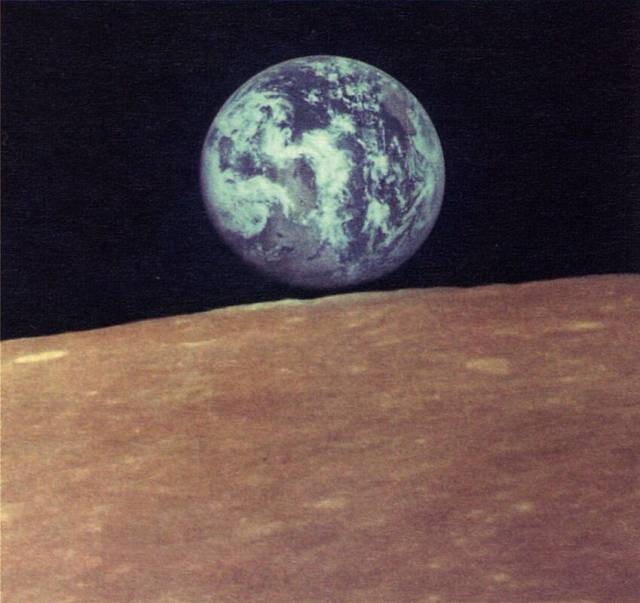Low gravity and the absence of an atmosphere on the moon will facilitate the construction of such a telescope and allow it to work with absolute efficiency, researchers say
TASS, November 17. Astrophysicists from the United States have proposed installing a 100-meter telescope on the surface of the moon to observe the most distant and dim luminaries of the Universe that appeared in the first epochs of its existence. This was reported on Tuesday by the press service of the University of Texas at Austin, citing an article in the Astrophysical Journal.
"Soon, the James Webb telescope will be launched into orbit, which will bring us very close to The big Bang era. But even he will not be able to see the first stars of the Universe. We need an even larger telescope that can capture the light particles generated by these stars, " said Volker Bromm, an astrophysicist at the University of Texas, quoted by the University's press service.
The so-called stars of the third population were completely different from the Sun and other modern luminaries. This was due to the fact that their bowels did not contain astronomical "metals", elements heavier than hydrogen and helium. Because of their absence, the size of such luminaries was practically unlimited, which is why their mass could exceed the solar mass by several hundred times.
Such stars, due to their size and chemical composition, burned out very quickly, over tens of millions of years. When their stocks have run out of hydrogen, they explode, giving rise to the so-called pair-instability supernova. They represent the most powerful space thermonuclear explosions, in the organization of which all the matter of the giant star was involved.
Such flares seeded galaxies and the surrounding space with "metals", which allowed the Sun and other modern luminaries to begin to form, which astronomers call"stars of the first and second populations". They continued the work of their "ancestors", forming even heavier isotopes. In the Universe, as astronomers now suggest, "stars of the third population" do not exist due to the lack of conditions necessary for their formation.
For this reason, as Bromm and his colleagues explain, astronomers focused their search and study of the properties of such luminaries on the oldest galaxies in the early Universe, where they were the majority or simply present in large numbers. In recent years, scientists have been able to discover some of the properties of these stars, based on the features of the spectrum of the first galaxies of the universe, but they have not yet been studied in detail.
Moon mirror
Based on these considerations, astrophysicists calculated what size and resolution a telescope should have in order to see the miniature" embryos "of galaxies, the so-called minigalos, inside which" stars of the third population " were actively formed in the first epochs of the Universe's life.
Their calculations showed that the discovery of such luminaries will require a giant mirror, whose diameter will be about 100 m. In addition, it is necessary that the telescope equipped with it works outside the Earth's atmosphere, since the interference generated by it will sharply reduce its sensitivity.
For this reason, astronomers suggest installing a similar Observatory, which they called the "absolutely large telescope" (ULT), not on Earth, but on the moon. The low gravity and lack of atmosphere on the moon will facilitate the construction of such a telescope and allow it to work with 100% efficiency.
Something similar, as noted by Bromm and his colleagues, NASA experts proposed to do back in 2008, announcing plans to build a lunar telescope with a liquid mirror, which consists of a special ionic liquid that does not evaporate even in space and does not freeze at a temperature of minus 100 degrees Celsius. Such a telescope, according to the calculations of its creators, should have been about 100 times more sensitive than James Webb and the 30-meter ground-based observatories under construction.
At that time, this idea was abandoned due to the lack of clear scientific goals for building even a relatively simple structure on the surface of another planet, but now, according to Texas astronomers, the situation has changed due to the discovery of a large number of ancient galaxies, and the emergence of a program for the development of the moon.
The researchers hope that their plans will attract the attention of NASA, which will eventually lead to the construction of a similar telescope in one of the polar craters on the moon. Its construction, according to their calculations, will lead to the discovery and study of the properties of several hundred primary stars of the Universe in the first years of operation of such an Observatory, Bromm and his colleagues summed up.

